Search
Search Results
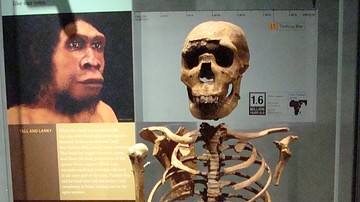
Image
Turkana Boy
Turkana Boy, also called Nariokotome Boy, is a rare nearly complete skeleton of a youth who lived near Lake Turkana, Kenya, around 1,6-1,5 million years ago. He belongs to the species Homo erectus (or Homo ergaster, depending on which theories...

Article
The Origin of Game and Corn
The Origin of Game and Corn is a Cherokee origin myth explaining how wild game first began to run free and corn came to be cultivated. The central figures of Kenati (also given as Kana'ti) and Selu are the embodiment of the Lucky Hunter and...
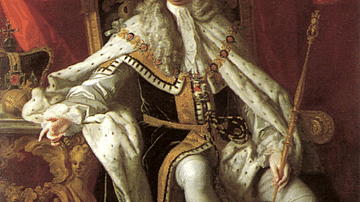
Definition
George II of Great Britain
George II of Great Britain (r. 1727-1760) was the second of the Hanoverian monarchs, and like his father George I of Great Britain (r. 1714-1727), he faced a Jacobite rebellion to restore the Stuart line. Wars in Europe and beyond drained...
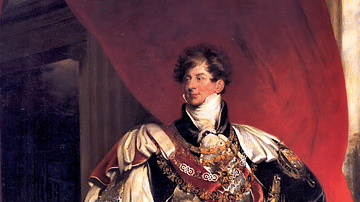
Definition
George IV of Great Britain
George IV of Great Britain (r. 1820-1830) was the fourth of the Hanoverian monarchs. He first reigned as Prince Regent from 1811 for his mad father George III of Great Britain (r. 1760-1820). George IV was an unpopular monarch for his many...
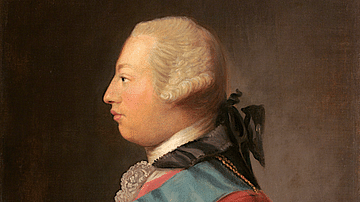
Definition
George III of Great Britain
George III of Great Britain (r. 1760-1820) was the third of the Hanoverian monarchs, and he remains the longest-reigning king in British history. His six decades on the throne saw the creation of the United Kingdom, the loss of the 13 American...
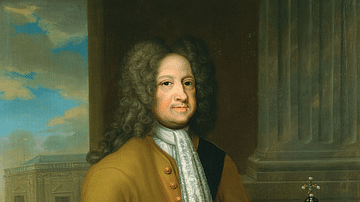
Definition
George I of Great Britain
George I of Great Britain (r. 1714-1727) succeeded the last of the Stuart monarchs, Queen Anne of Great Britain (r. 1702-1714) because he was Anne's nearest Protestant relative. The House of Hanover secured its position as the new ruling...
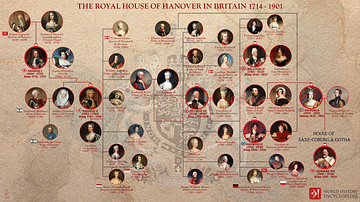
Collection
British House of Hanover
The House of Hanover is a royal house that first ruled Hanover and then Great Britain from 1714 to 1901. The British Hanoverians began with George I when he succeeded the last of the Stuart monarchs, Queen Anne of Great Britain (r. 1702-1714...
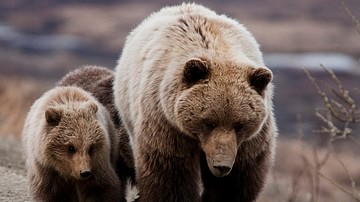
Article
The Bear Man
The Bear Man is a Pawnee legend exemplifying the Native American understanding of the natural world and serving as an origin tale for the Bear Dance, which was performed to awaken the bears in spring from their winter hibernation and also...
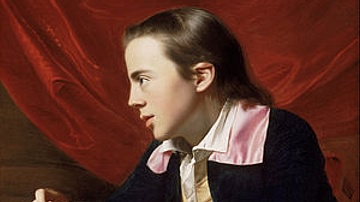
Image
A Boy with a Flying Squirrel
A Boy with a Flying Squirrel, 1765, by Anglo-American painter John Singleton Copley (l. 1738-1815). The painting depicts Copley's half-brother Henry Pelham (l. 1748-1806), later a well-known engraver and cartographer, with his pet flying...
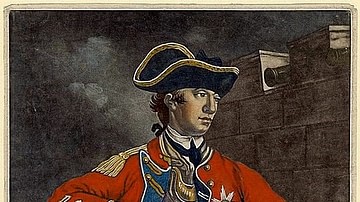
Definition
William Howe
Sir William Howe (1729-1814) was a British military officer and politician, most notable for his role as commander-in-chief of the British army during the initial years of the American Revolutionary War (1775-1783). Despite several significant...